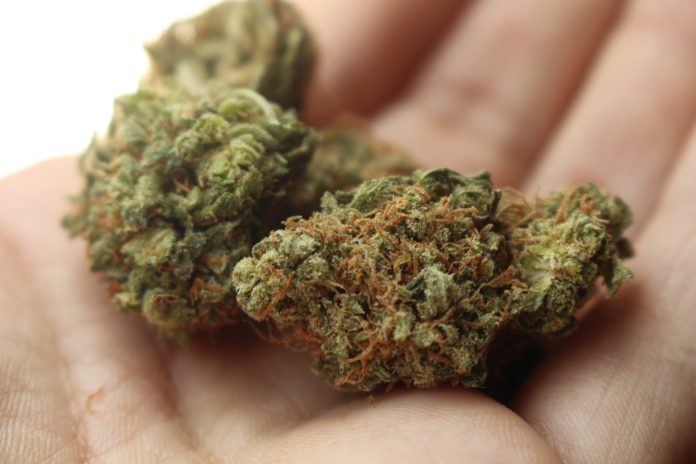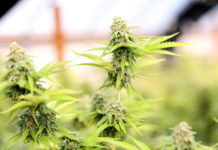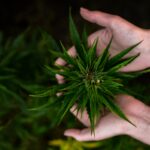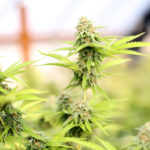New statistics reveal that Canadian women prefer marijuana edibles, while their male counterparts most often opt for cannabis in dried flower or leaf form.
That’s according to the second-quarter National Cannabis Survey, released by Statistics Canada on Aug. 9
“Canadians who reported using cannabis in the past three months were asked about the types of products used in this period, as well as the quantity of each,” Statistics Canada notes. “As in the first quarter, data from the second quarter show that dried flower/leaf was the most popular (86%), followed by edibles (32%). Other popular products, each used by one-fifth of cannabis consumers, included hashish and kief (20%), liquid concentrates (20%) and vape pens (cannabis oil cartridges) (19%).”
But analysis by gender revealed that a higher percentages of males reported using dried flower or leaf than did females, while the opposite was true for edibles.
“The use of dried flower/leaf was reported by 90% of males and 81% of females, while 26% of males reported using edibles compared with 41% of females. Use of other products did not differ by gender.”
Close to 16% Canadians report using cannabis in the past three months
Meanwhile, the recently released National Cannabis Survey also revealed more than 4 million people in Canada used marijuana in the last 90 days.
“The second quarter NCS showed that about 4.6 million people nationally, or close to 16% of Canadians aged 15 years or older, reported using cannabis in the prior three-month period. That was a similar proportion to what was reported in the first quarter.”
The second-quarter 2018 data found that 21% of Nova Scotians and 18% of Ontarians reported using cannabis in the previous three months, which is higher than in other provinces and territories.
Use in the previous three months was also higher than the national averages in each of the territorial capitals: Whitehorse (23%), Yellowknife (27%) and Iqaluit (33%). Meanwhile, use in the previous three months was lower than the national average in Quebec (11%) and Saskatchewan (10%).
At 19%, the rate of cannabis use among males in the second quarter remained higher than that of females (12%).
“Cannabis use tends to decrease with age and the survey indicates that use among 15- to 24-year-olds (33%) was nearly two-and-a-half times the rate for those aged 25 or older (13%),” notes Statistics Canada.
While second-quarter reported usage was unchanged at the national level, a closer look by region suggests a few changes may be occurring.
“The percentages that reported using cannabis appeared to rise between quarters in Ontario, and to fall in Saskatchewan,” according to Statistics Canada. “Monitoring of these numbers is ongoing so that a clearer understanding of cannabis usage trends can be determined.”



















